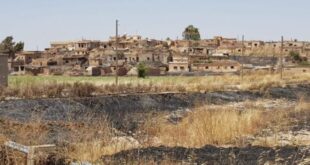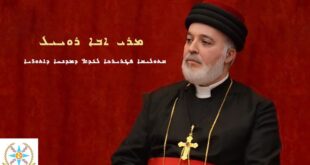The homemade bomb attacks began at 1930 local time (1630 GMT) and took place in six locations in the capital.
The worst was in the district of al-Ghadir, where the deaths occurred. No-one has admitted carrying out the attacks.
It comes after a deadly attack on a Baghdad cathedral in October, which killed more than 50 people.
Militants took over the Our Lady of Salvation church during Sunday Mass, demanding the release of al-Qaeda prisoners.
‘Clear message’
Al-Ghadir is home to a significant Christian population, though many have fled due to ongoing threats and violence, according to AFP news agency.
Other bombs exploded in west Baghdad, one in the garden of a home in Yarmuk, and another in Khadra.
Another explosion went off in the Karrada district, where the Our Lady of Salavation church is located, and there were also blasts in Dora and Saidiya in south Baghdad.
The BBC’s Jim Muir in Baghdad said the bombs were not big by Baghdad standards, but the message was clear.
He says that the Islamic militant group affiliated to al-Qaeda which said it carried out the deadly attacks in October had warned that there would be more to come.
Since the attacks in October, many Christians have left their homes to seek safety either in the Kurdish north of the country, where security is much better, or abroad, our correspondent says.
Source: www.bbc.co.uk
 Assyrian Democratic Organization ADO
Assyrian Democratic Organization ADO







